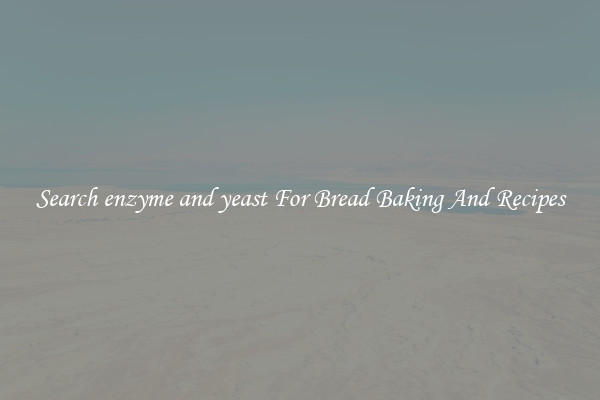Search xanthan guar For Bread Baking And Recipes
Search Xanthan Gum and Guar Gum for Bread Baking and Recipes

When it comes to baking bread and other gluten-free recipes, certain ingredients play a crucial role in achieving the desired texture and taste. Xanthan gum and guar gum are two popular ingredients used in gluten-free cooking and baking, offering an alternative to traditional wheat flour. Let's explore these two gums and how they can enhance your bread baking and other recipes.
Xanthan gum is a staple ingredient in gluten-free cooking. It is a natural polysaccharide derived from the fermentation process of corn sugars or soy. Xanthan gum acts as a binding agent and emulsifier, giving gluten-free recipes the necessary elasticity and structure that traditional flour provides. In bread baking, it helps mimic the gluten formation, making the dough stretchy and preventing it from crumbling. This creates a soft and fluffy texture in the final baked product.
When using xanthan gum in bread recipes, it is essential to use it sparingly. Too much xanthan gum can result in a gummy or slimy texture. Generally, the ratio is 1/4 to 1/2 teaspoon of xanthan gum per cup of gluten-free flour. However, it is still advisable to follow the recipe instructions to achieve optimum results.
Guar gum, on the other hand, is another natural gum derived from the guar bean. Like xanthan gum, it is also used in gluten-free baking to replace the elasticity and binding properties of gluten. However, guar gum has slightly different characteristics. It tends to be more soluble and less expensive than xanthan gum. In bread baking, guar gum can be used in a similar ratio as xanthan gum, 1/4 to 1/2 teaspoon per cup of gluten-free flour.
One advantage of guar gum is its ability to withstand higher temperatures. This makes it a suitable choice for recipes that require a longer baking time or higher heat, such as bread baking. Additionally, guar gum has shown some benefits in promoting digestion and relieving constipation due to its high fiber content.
When it comes to choosing between xanthan gum and guar gum for your bread baking and other recipes, personal preference and experimentation play a significant role. Some recipes may work better with one gum over the other, depending on your desired texture and taste. It is also important to note that these gums can have a slimy or gummy texture if not used correctly, so it's best to use them in moderation.
In conclusion, xanthan gum and guar gum are valuable ingredients in gluten-free bread baking and other recipes. They provide the necessary binding properties and texture resembling traditional wheat flour. Whether you prefer xanthan gum or guar gum, following the recommended ratios and experimenting with different recipes will help you find the perfect balance and achieve delicious gluten-free baked goods.

View details

View details

View details

View details








